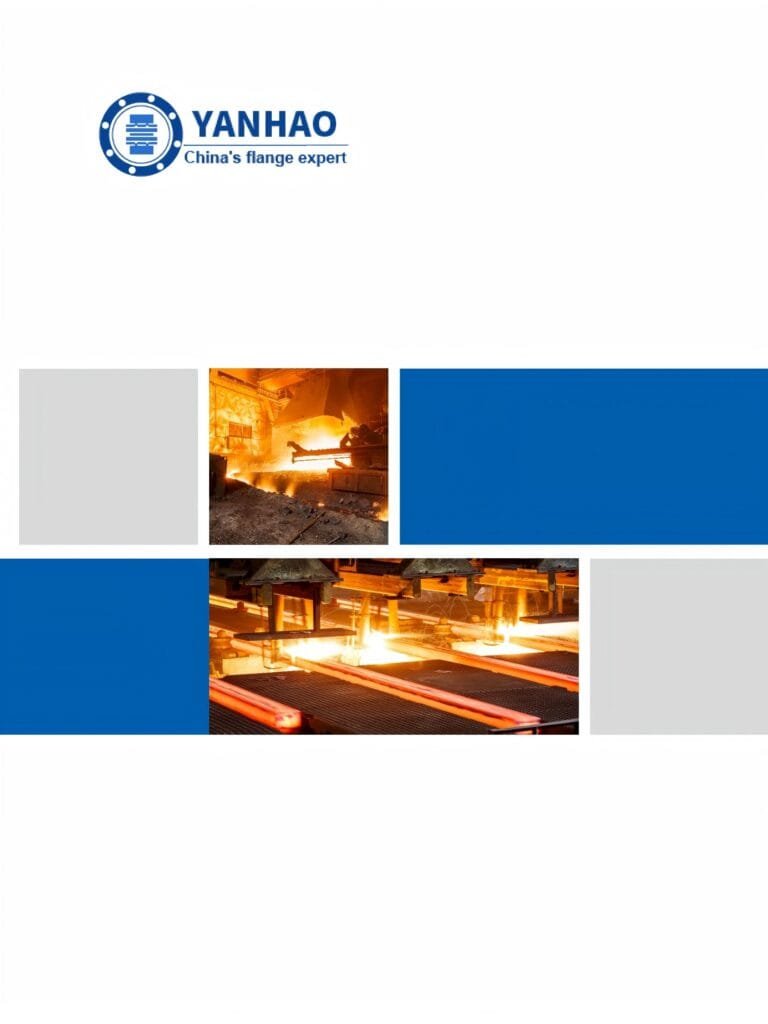Stainless Steel Flanges
Our company provides Stainless Steel Flanges in various materials.
We have different standards and different specifications of stainless steel flanges can meet the different needs of your different pipelines, for most of the standard flanges we have stock, can be shipped to you quickly, made in China can guarantee the quality at the same time to provide you with cheaper prices.


lewis Liu
sales Manager
Stainless Steel Flanges
Stainless steel flange is a flange made of stainless steel raw materials, due to the performance of the material itself, the stainless steel flange has a smooth and beautiful surface, and has a variety of advantages such as corrosion resistance, high-temperature resistance, pressure resistance, abrasion resistance, etc., and is more often used in the requirements of the higher environment of the harsh industrial pipeline.
Here is a detailed feature and performance table for stainless steel flanges:
| Feature/Performance | Description |
|---|---|
| Type | weld neck flanges, slip-on flanges, blind flanges, lap joint flanges, socket weld flanges, threaded flanges. |
| Material | ASTM A182 F304、304L、 F316、316L、1Cr18Ni9Ti、0Cr18Ni9Ti、321、18-8. |
| Sizes | 1/2″ – 60″ |
| Pressure | Class75、Class150、Class300、Class400、Class600、Class900、Class1500、Class2500 |
| Common Standards | ANSI/ASME B16.5, ANSI/ASME B16.47, EN 1092-1, JIS B2220 |
| flange face | Raised face (RF), concave face (FM), convex face (M), tongue and groove (T), groove (G), full face (FF), ring joint (RJ) |
| Connection Methods | Bolted connections, welded connections, combined welded and bolted connections, quick clamp or swivel connections, etc. |
| Advantageous | Smooth surface, strong compression resistance, high and low-temperature resistance, strong corrosion resistance |
| Production process | Forging, heat treatment, and machining Ingot billets and round bars – Chemical element analysis – Band saw cutting – Forging – Heat treatment – Inspection – Blank stock – Lathes -Deep hole drilling – Inspection – – Marking – Packing in plywood. |
| Product Testing | Direct Reading Spectrometer, Hydrostatic Pressure Tester, X-ray Flaw Detector, UI Ultrasonic Flaw Detector, Magnetic Particle Flaw Detector Each product has its own quality certificate and can also be tested by a third party. |
| Production equipment | Unloading machines, forging hammers, presses, flange molds, heat treatment furnaces, machining lathes, high-speed drilling machines, marking and typing machines, etc. |
| Application | Stainless steel flanges are widely used in various industrial applications due to their strength, corrosion resistance, and durability. They are utilized in industries such as chemical processing (corrosive environments), oil and gas (pipelines), food and beverage (sanitary systems), pharmaceutical (cleaning and production), marine (shipbuilding and offshore), HVAC (ductwork and ventilation), water treatment (pipelines and filtration), and stockbreeding (pigging systems). |
YANHAO is a China flange manufacturer, with complete production equipment and a perfect testing system, can produce ASME/ANSI16.5, ASME/ANSI16.47, EN 1092-1, and other common standards of stainless steel flange, the production of flanges of good quality, at the same time, we have the advantage of origin, flange prices are relatively inexpensive, may save you more cost, if you happen to need stainless steel flanges, you can send your RFQ by e-mail, we will give a detailed quotation in the first time.
